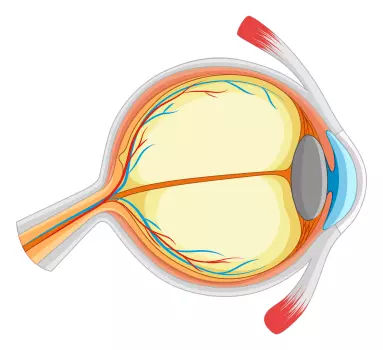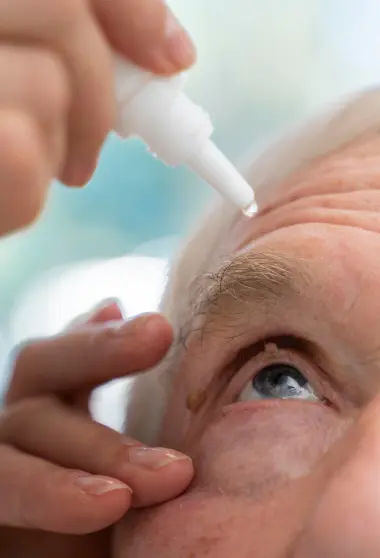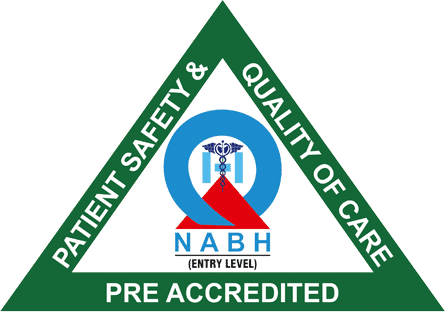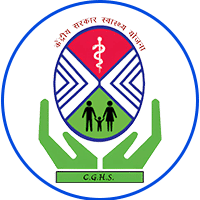
About Neuro-Ophthalmology Eye Surgery
What Conditions Fall Under Neuro-Ophthalmology?
Neuro-ophthalmology encompasses a wide spectrum of conditions, including:
How Are Neuro-Ophthalmology Cases Diagnosed?
The diagnosis of neuro-ophthalmological cases entails a comprehensive examination, which includes the following key components:
Visual Acuity Testing
Visual Field Testing
Ocular Motility Examination
Colour Vision Testing
Diplopia Charting
Hess Charting
X-ray of the Skull
Visual Evoked Potential (VEP) or Visual Evoked Response (VER)
Electro-Retinography (ERG)
Electrooculography (EOG)
CT Scan or MRI
Signs & Symptoms

Transient blurring of vision or transient blackouts

Double vision

Sudden drooping of eyelid with inability to move eyes in particular direction

Frequent headaches

Visual field defects

Excessive sensitivity to light

Expert Neuro-Ophthalmologist in Mumbai
Examination of Orbit, Eyelids and Pupil
The orbits should be inspected and auscultated. Proptosis (eye protrusion) can be assessed clinically by estimating the amount of sclera (white part of eye) visible above and below the limbus (the edge of black circle of eye). Lid retraction is assessed by the amount visible above it. More accurately, proptosis is assessed using an exophthalmometer which measures the distance between the front of the cornea (the transparent outer coating of eye) and the orbital rim for each eye. The normal range for this is less than 21–24 mm (depending on race and sex), but the important thing is that the measurements for the two eyes should be within 2 mm of each other. The range of eyelid movement should be assessed by measuring the palpebral aperture with the eyes looking straight ahead, looking up, and looking down. Pupillary assessment involves eliciting direct and consensual responses to light on both sides. The best way to do this is to have the patient fixate on an object at least 3 m away, and then shine a light at one eye, approaching it from slightly below. Neuro-ophthalmologists collaborate with many other subspecialists, including neurosurgeons, medical oncologists and radiation oncologists. They also collaborate with other ophthalmic specialists, such as ocular oncologists, retina specialists, pediatric ophthalmologists, cornea specialists and oculoplastic surgeons.
Testimonials from our patients
We understand that clear and enhanced vision is a precious gift that transforms lives. With each individual and family, we’ve had the privilege to serve, our commitment to exceptional eye care has yielded more than just healthier eyes! We proudly share the heartfelt experiences of our patients, who have entrusted us with the chance to serve them, enhancing their life experiences.




















